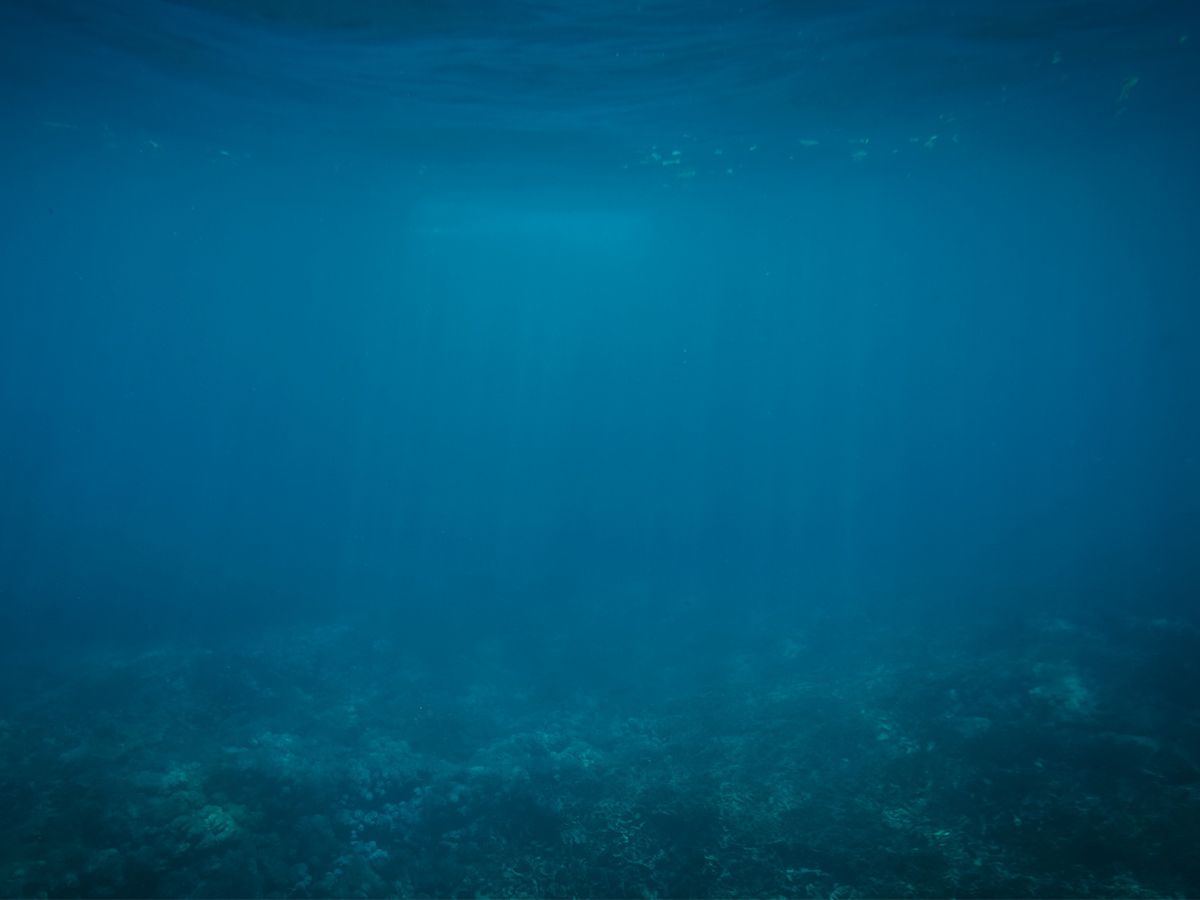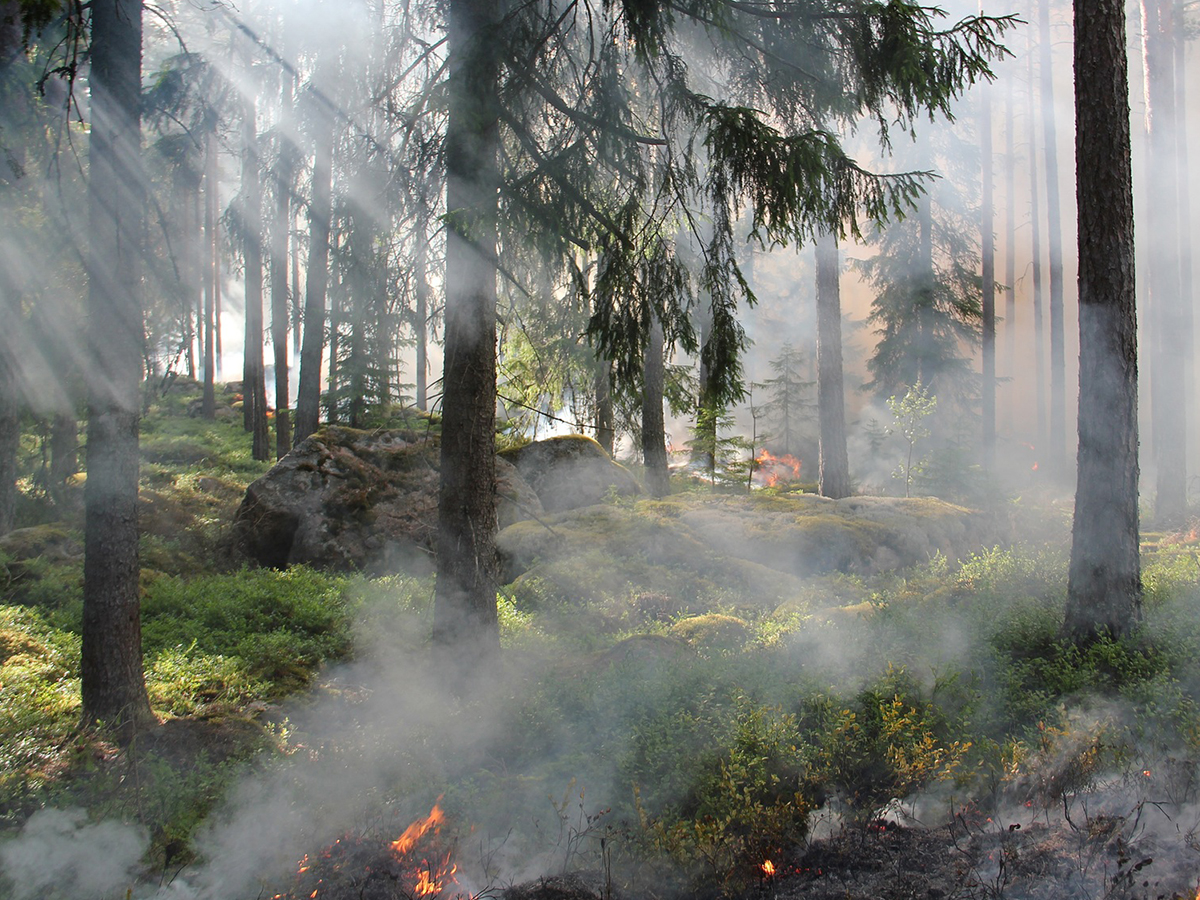Objective
Decipher the factors affecting water quality in cenotes and identify the natural transformations that will allow its control or own elimination.
Scientific Merit The geological characteristics of Yucatan Peninsula play an important role in the groundwater flow, as has been seen in the ring of cenotes which is the result of the Chicxulub impact. Within these cenotes, processes responsible for the transformation of pollutants and organic matter are unknown. Oxygen levels, pH, salinity, and temperature may exert controls on microbial activity, altering the fate and transport of pollutants in cenotes. Biogeochemistry in cenotes open to recreational activities is further complicated by factors such as mixing, use of personal care products (e.g., sunscreen), and anthropogenic contribution of organic matter and nutrients.
Broader Impacts Cenotes are heavily promoted as a source of recreational activity throughout the peninsula. However, they have the potential to be significant conduits for pollution, affecting the quality of water throughout the aquifer. Conversely, poor water quality in cenotes can negatively impact public health and damage a major source of revenue for the region. This project would be a critical first step in the development of an early warning system for cenotes, which would protect both the aquifer and the public and help improve management practices.
Binational problems Karst features attract recreational activities throughout the world, and notable ones occur both in the Yucatan and in the Hill Country region of Texas. These attractions are particularly susceptible to pollution by human activities, both nearby (e.g., wastewater discharge and agriculture) and within their limits (e.g., swimming, fishing, scuba diving). Human health issues are common to both, and early warning systems would benefit both.
Anticipated Results/Products
- Measurements of water chemistry and microbiology profiles for three cenotes: one protected, one influenced by local wastewater sources, and one influenced by recreational activities
- Correlate water quality and pathogen occurrence in cenotes
- Determine the factors influencing fate and transport of pollutants within cenotes
- Identify rapid water quality indicator measurements appropriate for designated uses of the cenotes (e.g., fecal coliform counts)


 Dr. Kung-Hui Chu
Dr. Kung-Hui Chu Lorenzo Felipe Sanchez Teyer
Lorenzo Felipe Sanchez Teyer




Follow Us